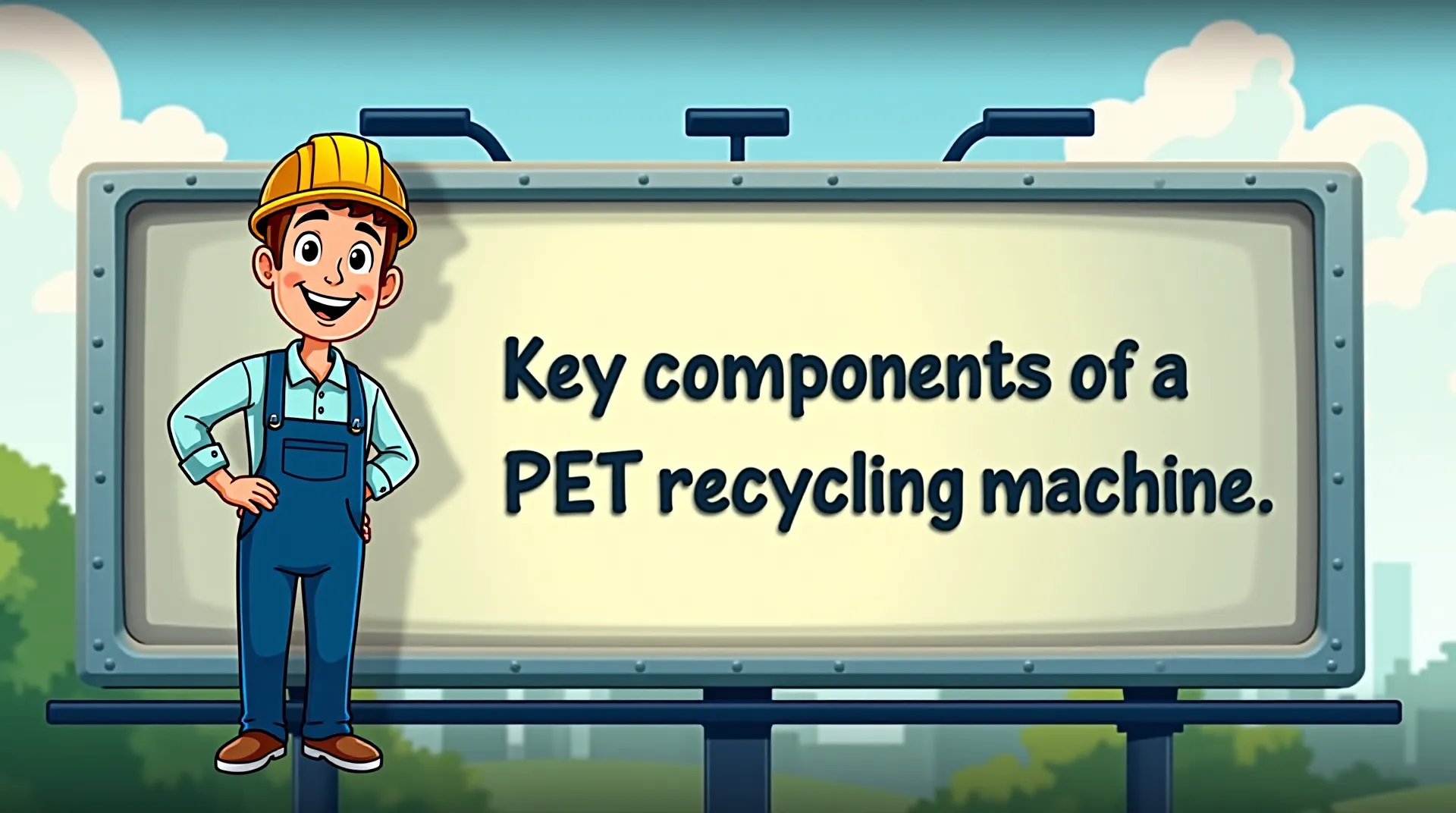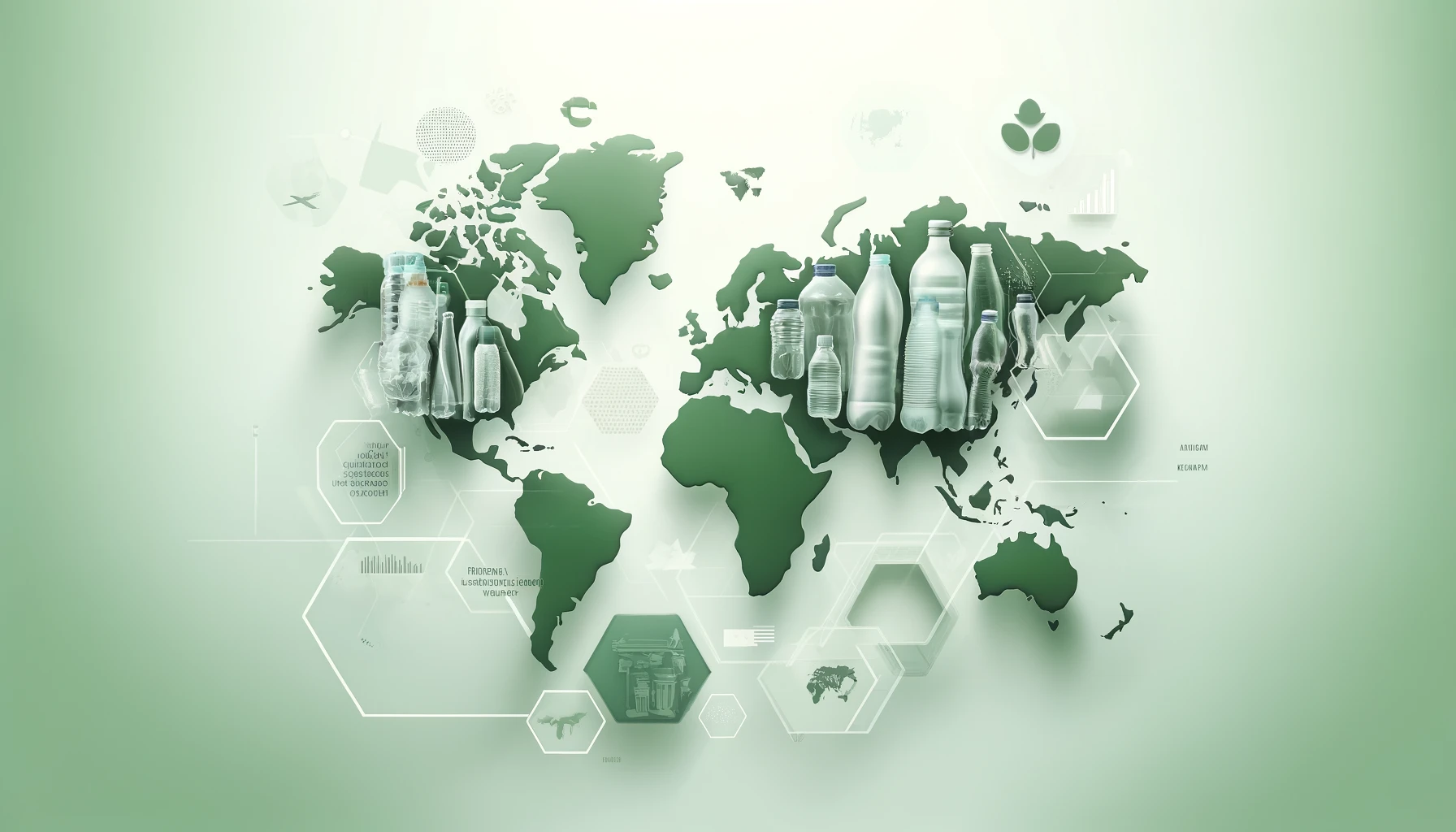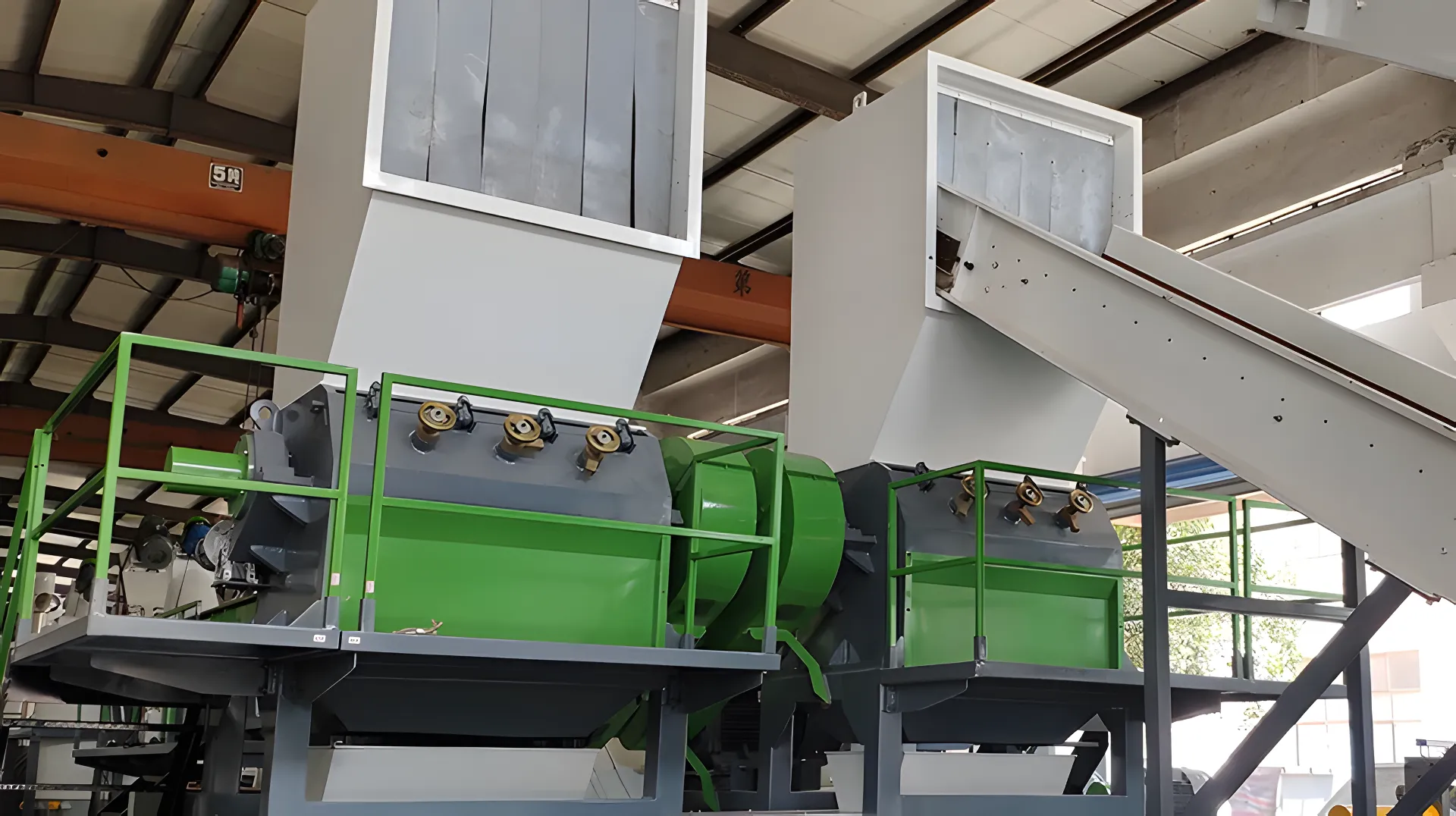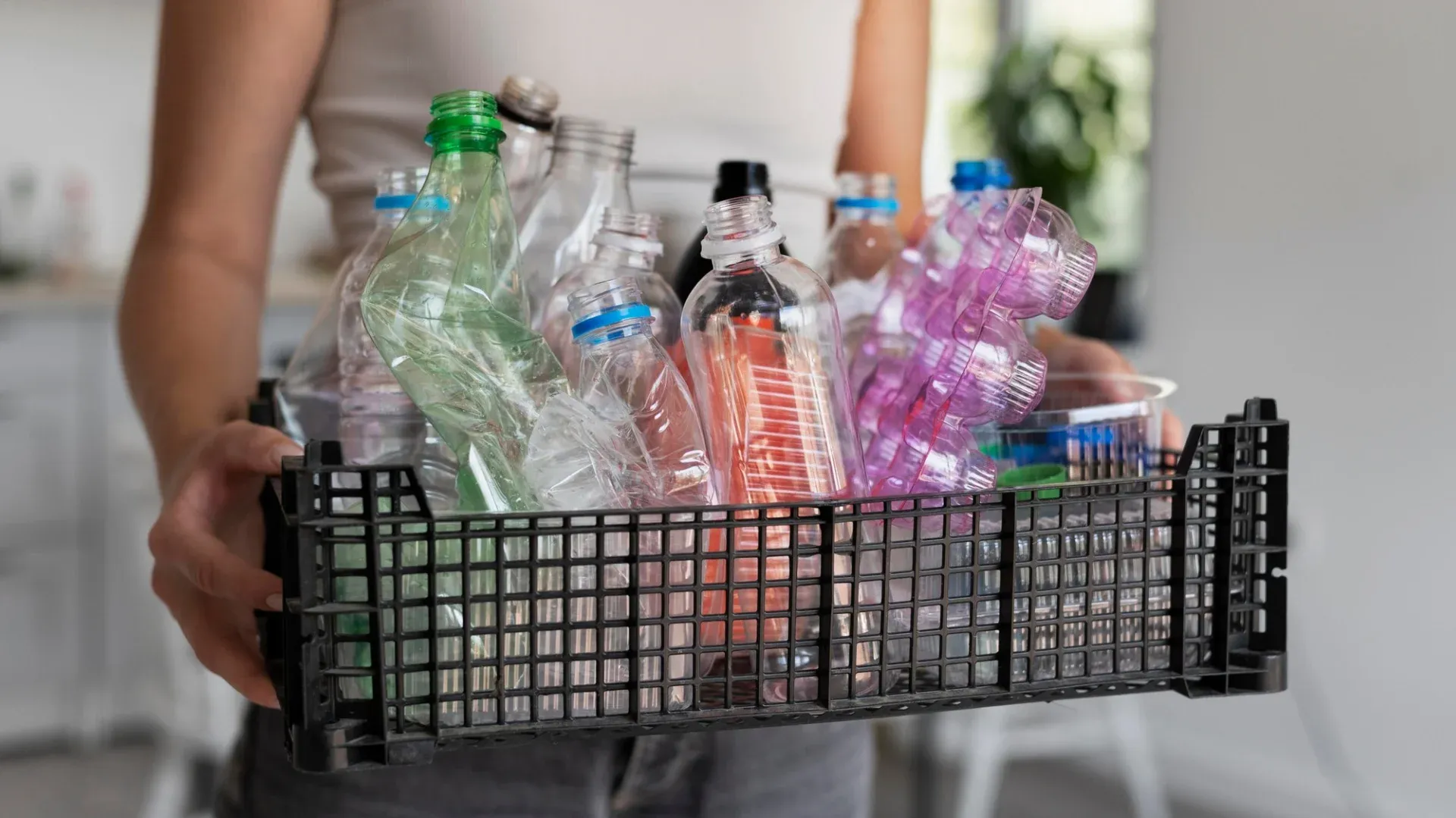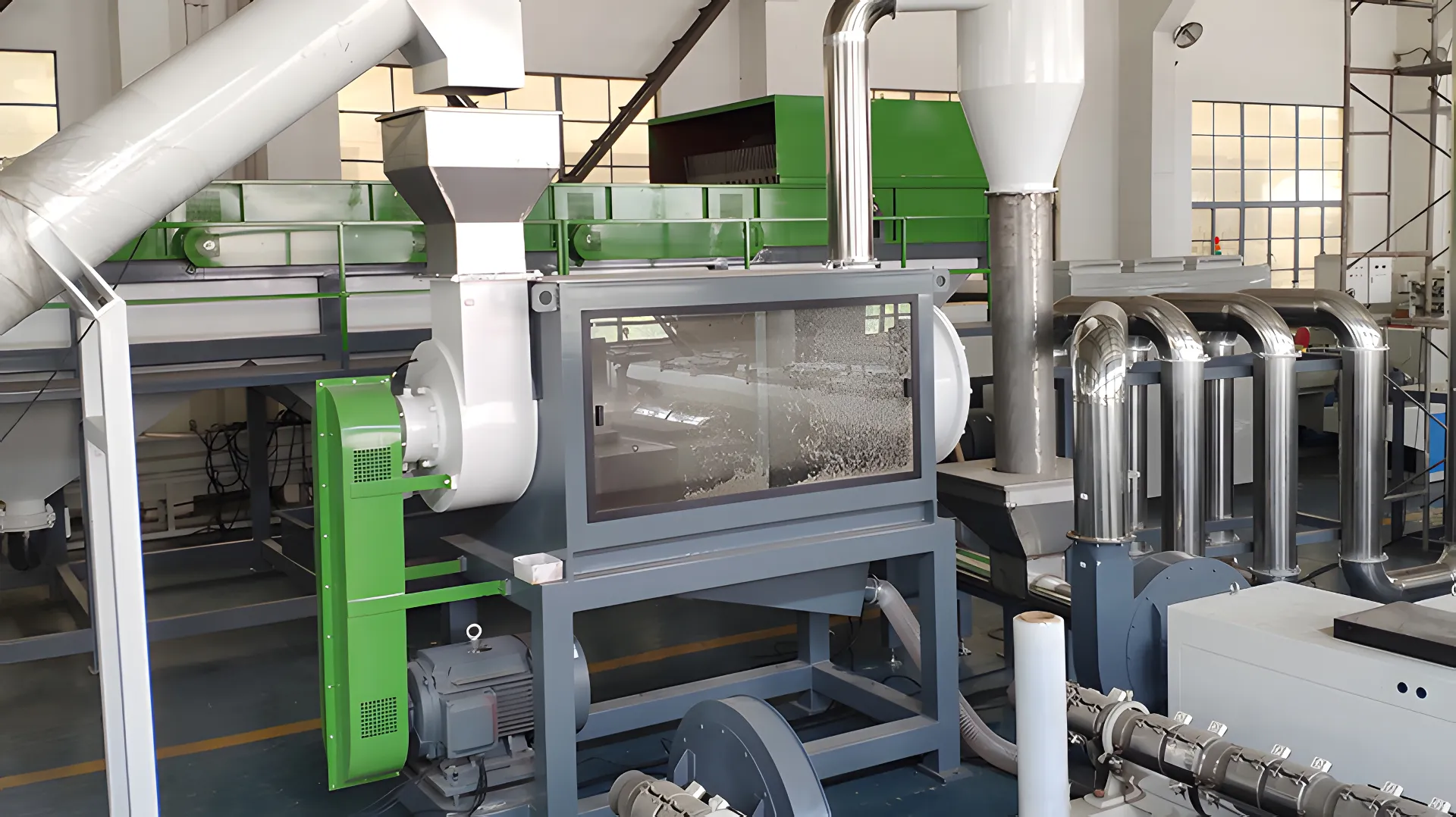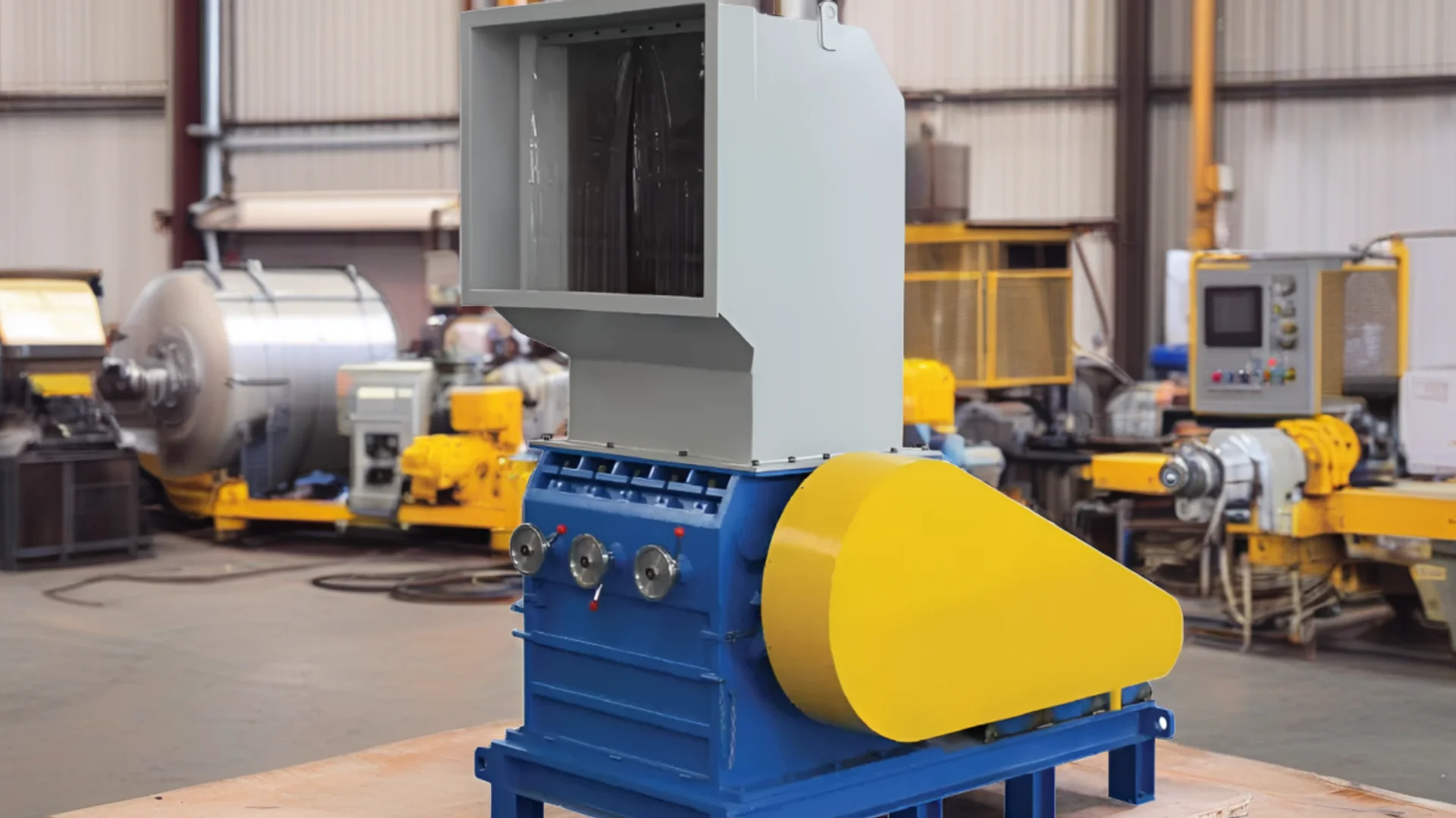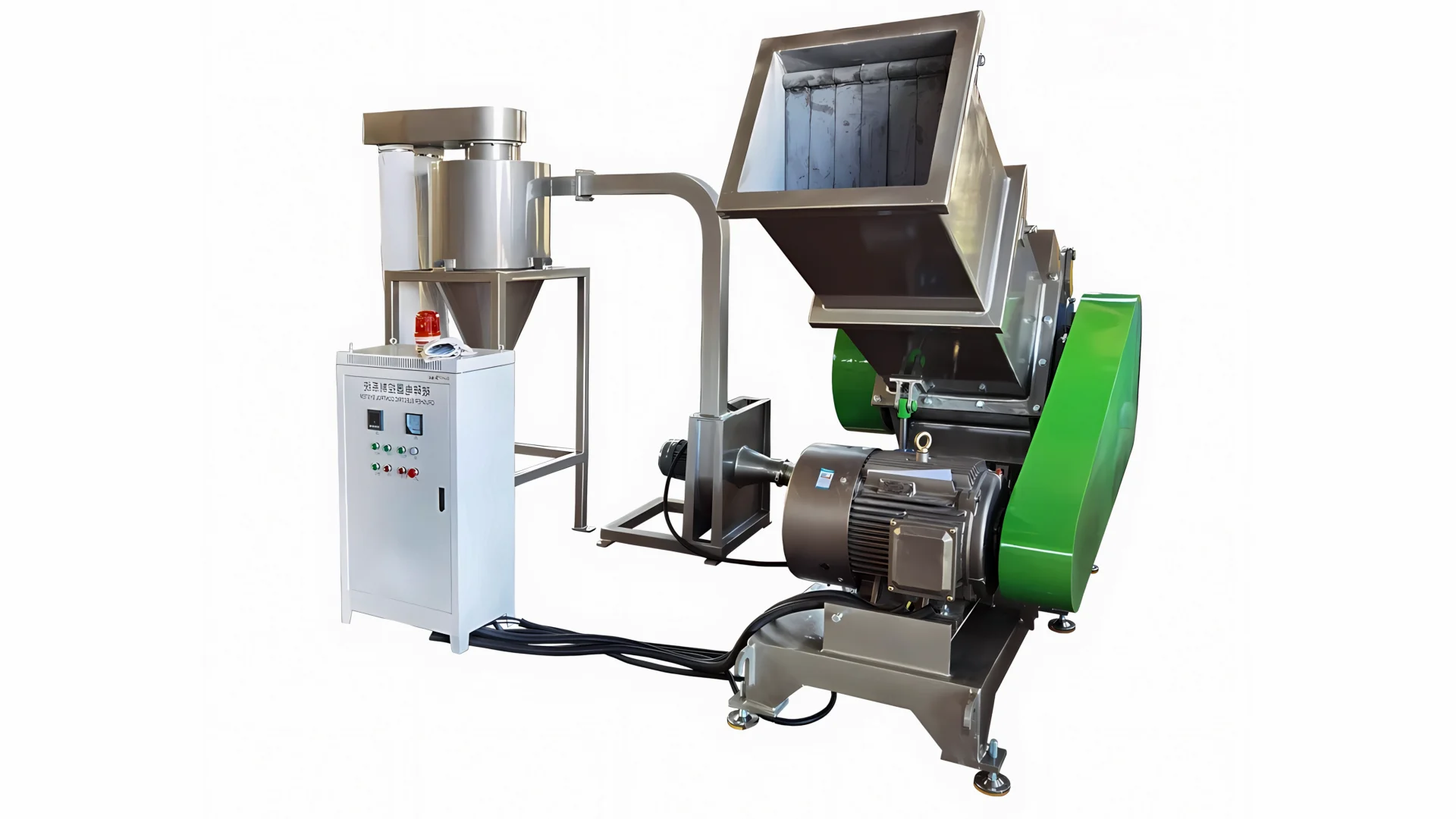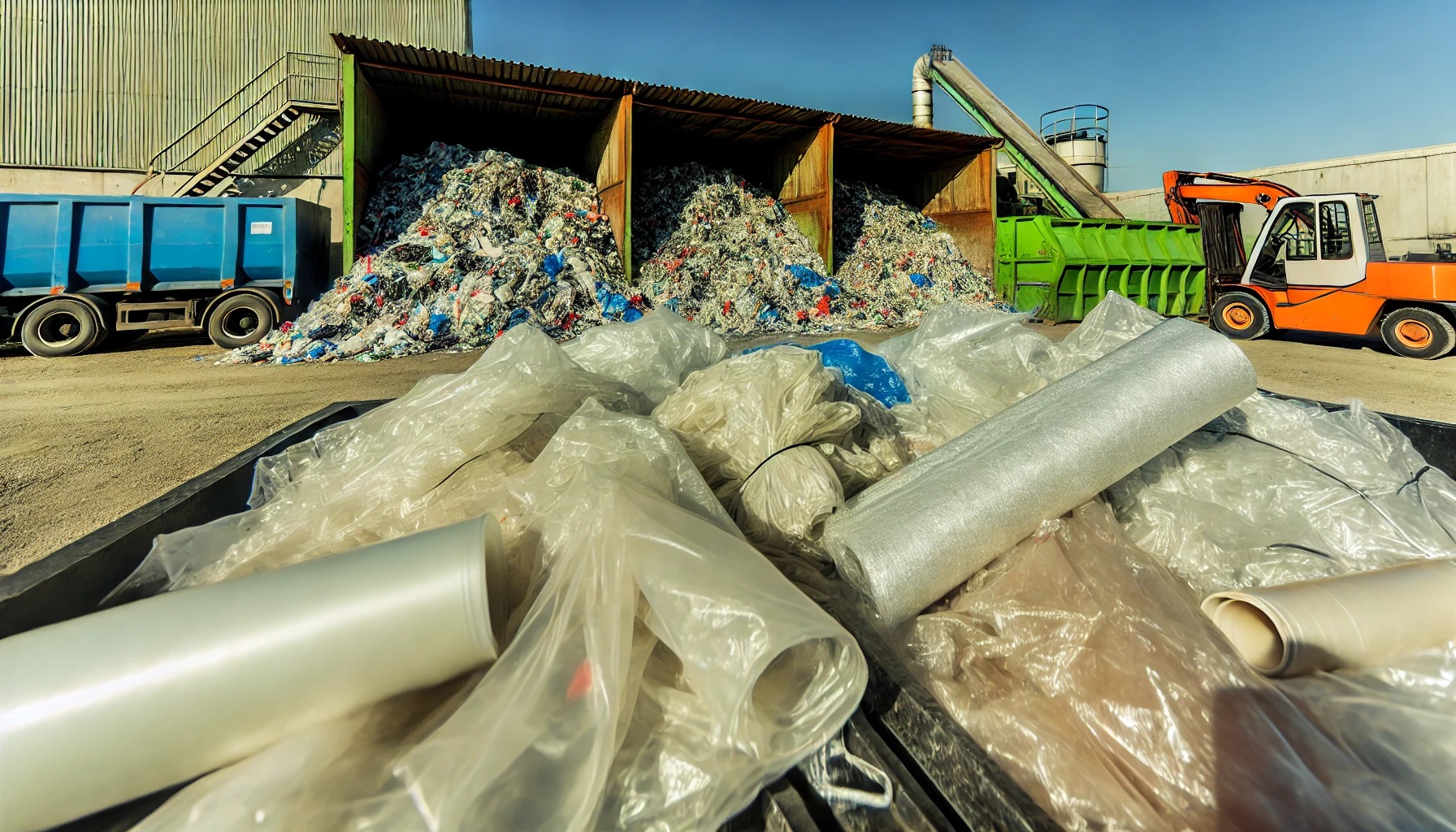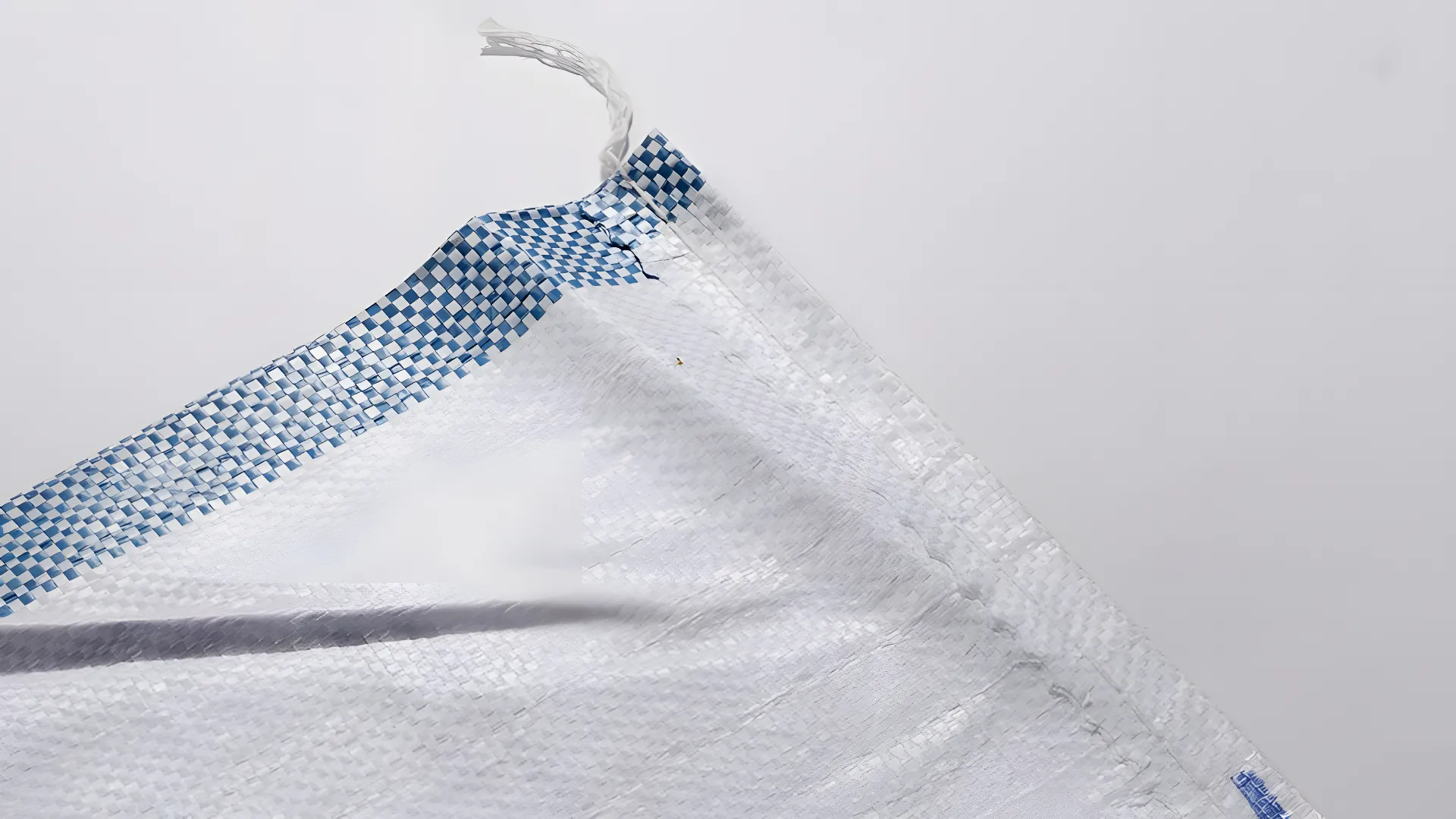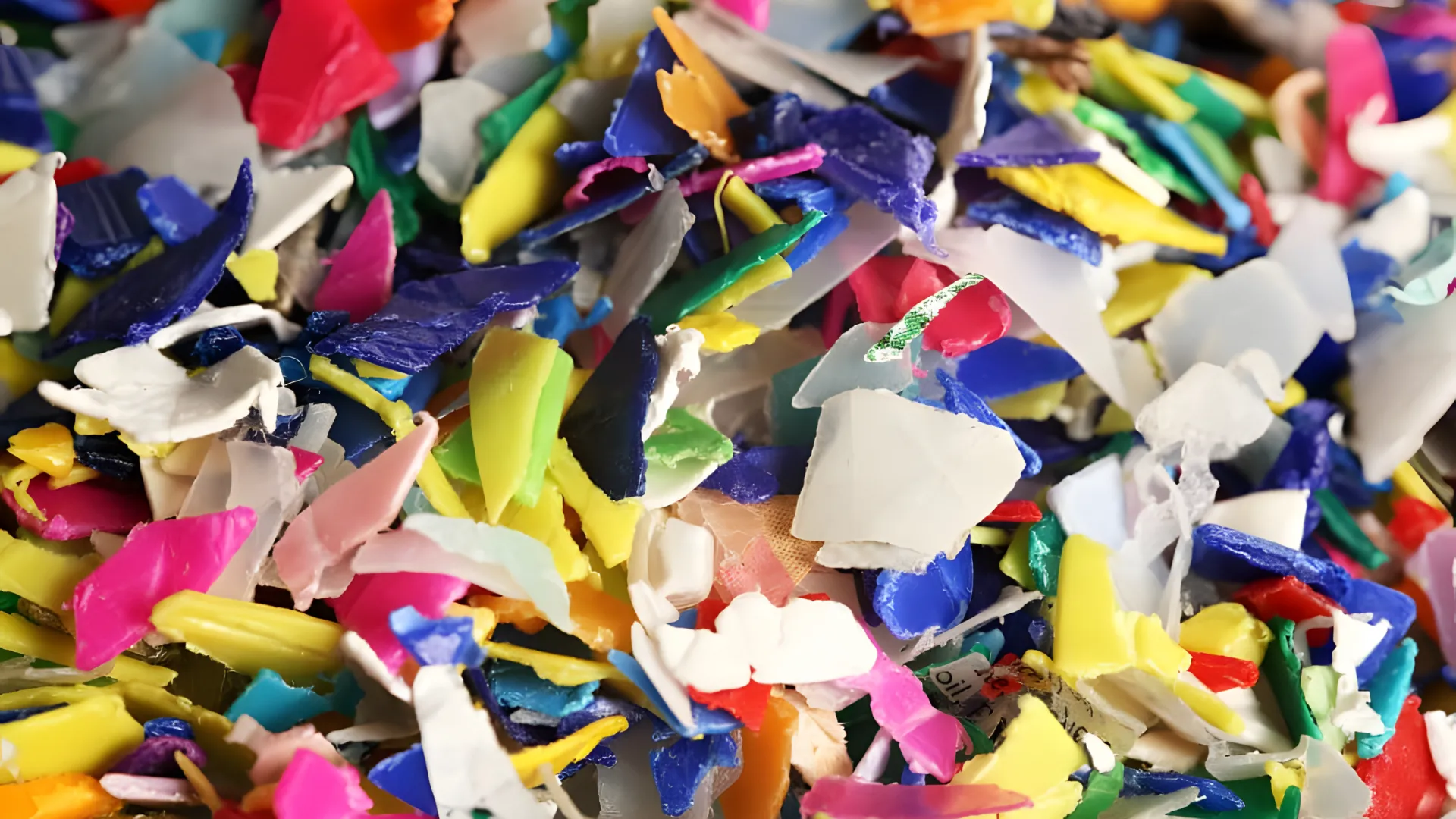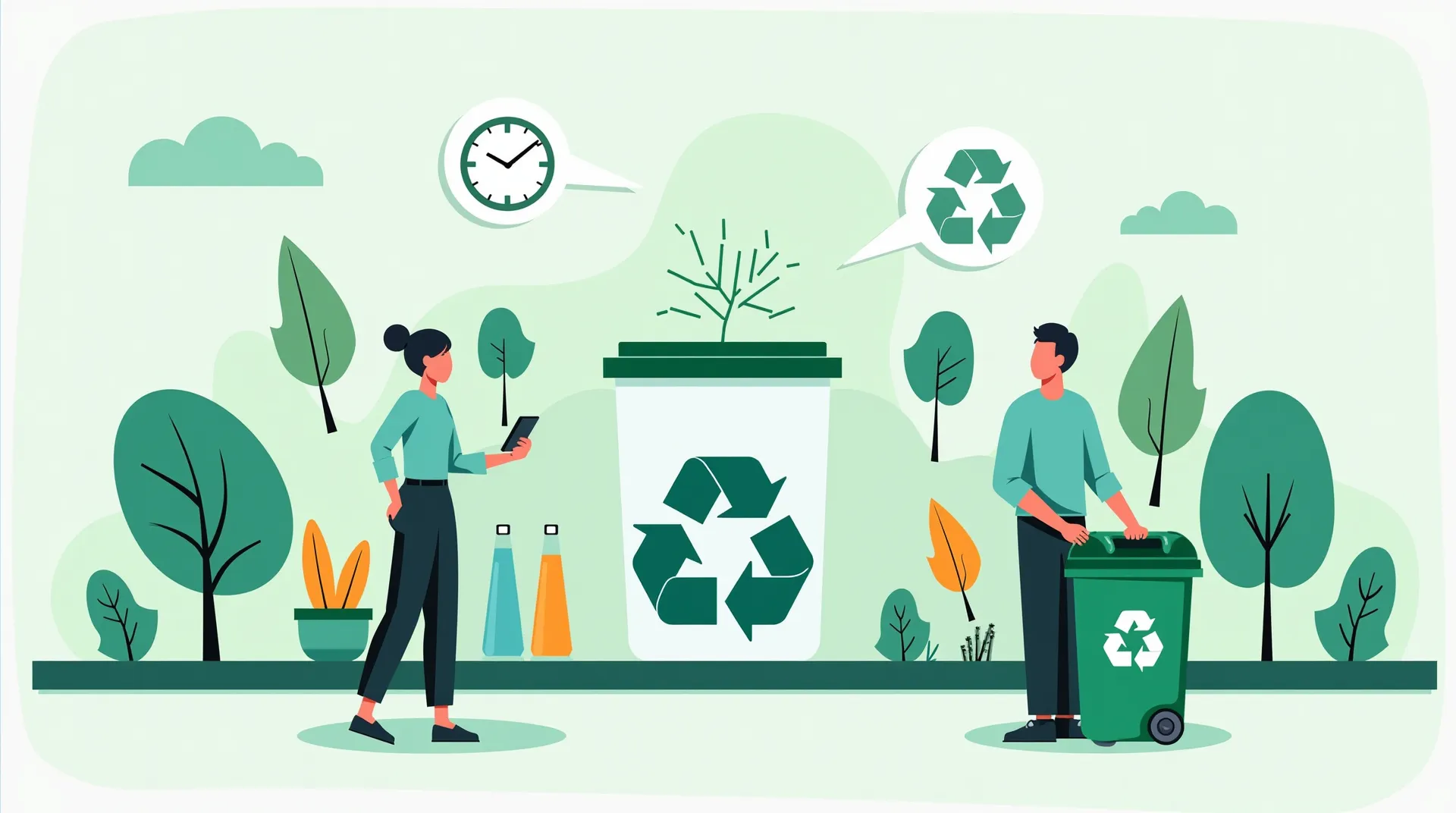Nyheder om genbrug
In the quest for a greener planet, the role of PET recycling machines has become increasingly pivotal. These machines not only embody the spirit of environmental stewardship but also represent a significant leap towards sustainable waste management. This comprehensive guide delves into the key components of a PET recycling machine, offering insights into the technology that's transforming the recycling industry.
The global market for Polyethylene Terephthalate (PET) resin is facing a wave of anti-dumping measures, predominantly targeting imports from China. With the EU, Korea, Mexico, and other nations introducing stringent duties and initiating investigations, the landscape for PET resin trade is rapidly changing. This article will dive into the specifics of these actions, exploring their implications for the PET industry, particularly focusing on China, which is at the center of these regulatory moves.
Recycling is an essential aspect of waste management, particularly when it comes to plastics. Among the various plastics, polyethylene terephthalate (PET) is widely recognized for its recyclability and strong market demand. However, the presence of polyvinyl chloride (PVC), identified by plastic identification code #3, poses significant challenges in the PET recycling process.
When it comes to recycling PET bottles, the granulator is a critical piece of machinery. Granulators transform PET bottles into small, manageable plastic flakes, which can be further processed and recycled. This comprehensive guide will walk you through everything you need to know about granulators for PET flakes—from how they work, their benefits, to tips on choosing the right one for your needs.
Understanding PET Bottle Recycling
What is PET Bottle Recycling?
For most people, Genbrug af PET-flasker simply means placing plastic bottles, such as water, soda, or oil bottles, into the blue recycling bin or dropping them off at a nearby recycling center. While these actions are an important part of the process, there's much more that happens before these bottles can be fully recycled and transformed into new products like polyester fibers, PET sheets, or even back into PET bottles.
The Importance of Proper Recycling
Proper PET bottle recycling is crucial for reducing waste, conserving resources, and minimizing environmental impact. By understanding the full recycling process, individuals can better appreciate the importance of correctly sorting and recycling their plastic bottles, ensuring they are transformed into valuable new products instead of ending up in landfills.
Collecting PET Bottles
Curbside Recycling
The first critical step in PET recycling is the collection of bottles. A large portion of this collection is done through curbside recycling programs, where trucks pick up recycling bins from homes, or via drop-offs at local recycling centers.
Recycling Center Drop-Offs
In curbside programs, also known as "single-stream" recycling, all recyclables are placed in a single bin and transported to a materials recovery facility (MRF) for sorting. This mixed stream includes items like glass, aluminum cans, plastic bottles, and paper/cardboard, which are sorted both manually and by machines.
Sorting and Preparing for Recycling
Once collected and sorted at the MRF, the plastic bottles are compacted into large bales and sent to a PET bottle washing plant, either locally or abroad, where they begin the transformation into "hot-washed" PET flakes. Meanwhile, other recyclables like glass, metals, and paper are sent to their respective facilities for further processing.
PET Bottle Washing and Recycling Process
Step 1: Debaling and Sorting
When the PET bottles arrive at the recycling plant, they are typically in large, compacted bales that have already been sorted by color. The goal of the PET bottle washing plant is to thoroughly clean these bottles so they can be reused, while also removing contaminants like labels and caps, which are not made from PET plastic.
The recycling process begins with a debaling machine that breaks apart these large bales, allowing the bottles to flow freely onto a conveyor belt that leads to a trommel, a large rotating tunnel that removes small contaminants like glass, metals, and paper. After passing through the trommel, the bottles move on to manual sorting, where workers remove any remaining non-PET items.
Step 2: Washing and Contaminant Removal
The next step is cutting the PET bottles into small pieces, known as "PET flakes," using a granulator. As these flakes are cut, water is sprayed onto them, beginning the washing process. The flakes are then subjected to an air classifier, which separates lighter materials like plastic film labels from the heavier PET plastic. Following this, the flakes enter a float/sink separation tank, where PET flakes sink while caps made from polypropylene or polyethylene float, allowing for easy separation.
Once most contaminants have been removed, the PET flakes are subjected to a hot washer, which uses hot water and a caustic solution to remove remaining impurities like glue, grease, and leftover liquids. A cold friction washer provides additional scrubbing, leaving the PET flakes perfectly clean.
Step 3: Drying and Preparing PET Flakes
Before PET flakes can be reused, they must be thoroughly dried to avoid air bubbles during the melting process. This involves using a de-watering machine, which spins away excess water, followed by a dehydration process with thermal heaters that reduce the moisture content to below 1 percent. The result is clean, dry PET flakes, ready for manufacturing.
What Happens to Recycled PET Bottles?
From PET Flakes to New Products
Now that we have clean PET flakes, they can be transformed into various new products. The most common use of these flakes is in the production of polyester staple fibers, which are woven into clothing, carpets, and other textiles.
Applications of Recycled PET (RPET)
Recycled PET (RPET) can also be used to manufacture PET sheets, boards, strapping, and thermoformed products like laundry scoops. Additionally, RPET can be used in engineering applications, such as reinforced components for automobiles, or even remanufactured into new PET bottles through a process called "pelletizing," where the flakes are melted, shaped into pellets, and then used in injection molding or other manufacturing processes.
FAQ
Q1: What is PET plastic, and why is it important to recycle it? A1: PET, or polyethylene terephthalate, is a type of plastic commonly used in bottles and packaging. Recycling PET helps reduce waste, conserves resources, and supports the production of new materials like polyester fiber.
Q2: How are contaminants removed from PET bottles during recycling? A2: Contaminants like labels and caps are removed through a combination of manual sorting, air classifiers, and float/sink separation tanks during the recycling process.
Q3: What products can be made from recycled PET? A3: Recycled PET can be used to create polyester fibers for clothing, PET sheets, packaging materials, and even new PET bottles through an extrusion process.
Q4: How does PET recycling benefit the environment? A4: PET recycling reduces the amount of plastic waste in landfills, conserves natural resources, and decreases the environmental impact of producing new plastic materials.
Konklusion
PET bottle recycling is a complex but essential process that goes beyond just placing bottles in a recycling bin. Through various stages of collection, sorting, cleaning, and processing, these bottles are transformed into valuable new products, contributing to a more sustainable and eco-friendly future.
What is a Centrifugal Dryer Dewatering Machine?
centrifugal dryer dewatering machine is a specialized piece of equipment designed to remove excess moisture from polyethylene plastic materials. Using high-speed spinning, these machines efficiently separate water from plastic particles, making the drying process faster and more efficient.
In the world of recycling and manufacturing, the Plastgranulator plays a crucial role. This machine is designed to break down plastic waste into smaller pieces, known as granules, which can then be reused in various applications. With the increasing focus on sustainability and waste reduction, understanding how plastic granulators work and their importance in the recycling process is essential for businesses and individuals alike.
In the world of plastic recycling, handling waste efficiently is crucial. PVC pipe granulator machines are the unsung heroes of the recycling industry, designed to transform bulky plastic pipes into manageable, uniform particles. These machines not only support waste reduction but also promote the creation of new plastic products from recycled materials. In this comprehensive guide, we will delve into the features, benefits, and applications of PVC pipe granulators.
Recycling has become a pivotal process in reducing environmental pollution and conserving resources. Among various types of plastics, PE (Polyethylene) and PP (Polypropylene) films are widely used and thus contribute significantly to plastic waste. In this article, we will delve into the intricate world of recycling PE and PP films, highlighting the advantages, processes, and the key machinery involved in the task.
Recycling polypropylene bags, both woven and bulk, has become increasingly important in a world aiming for sustainability. Polypropylene (PP) is a versatile polymer widely used due to its strong, lightweight, and durable nature. However, the challenge lies in effectively recycling these materials to reduce environmental impact—this is where the role of a plastic recycling machine becomes crucial.
When it comes to rigid plastics, materials like HDPE, PP, and PVC are among the most common types you'll encounter. These plastics play a crucial role in various industries, from packaging to construction, thanks to their durability, versatility, and cost-effectiveness. Understanding the different types of rigid plastics can help you make informed decisions, whether you're involved in product design, manufacturing, or simply curious about the materials around you.
Recycling rigid plastics has become a significant focus in the quest for environmental sustainability. As we approach 2024, understanding the latest trends in rigid plastic recycling is crucial for individuals and businesses aiming to implement eco-friendly practices. This article dives into the current trends, challenges, and best practices in rigid plastic recycling, providing you with the knowledge needed to make informed and sustainable choices.



